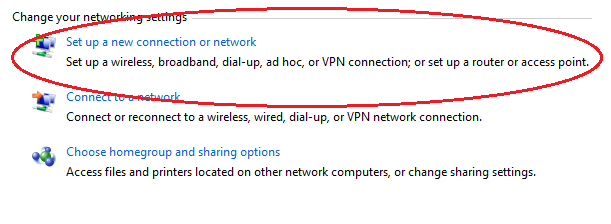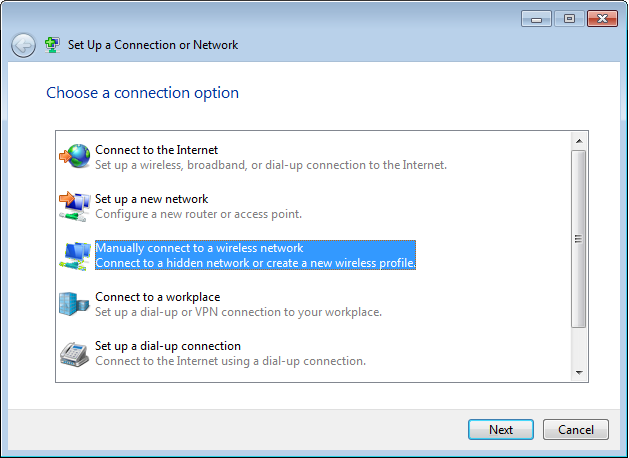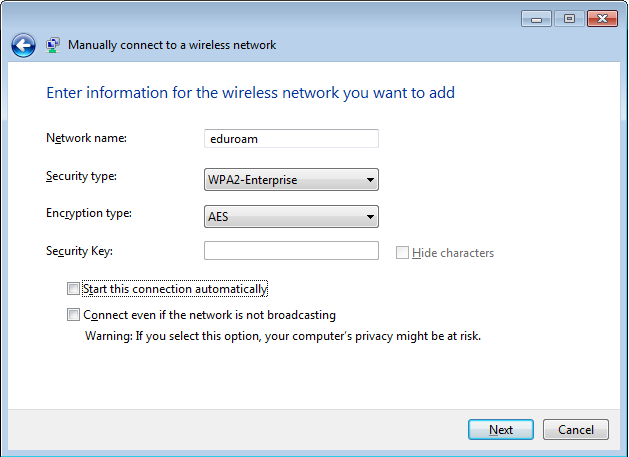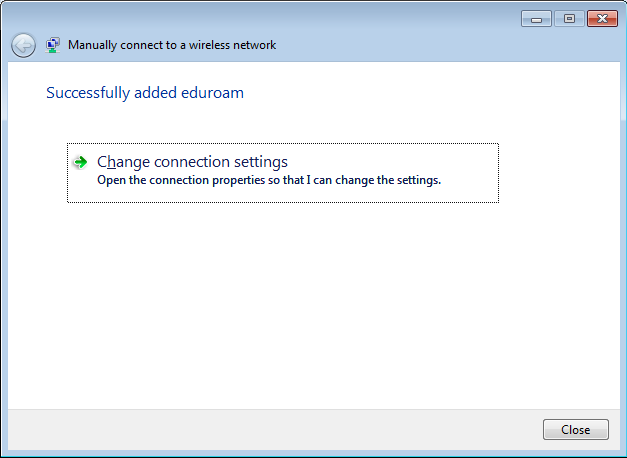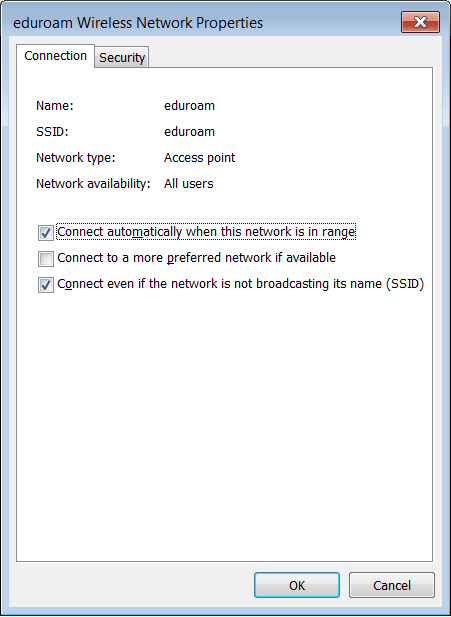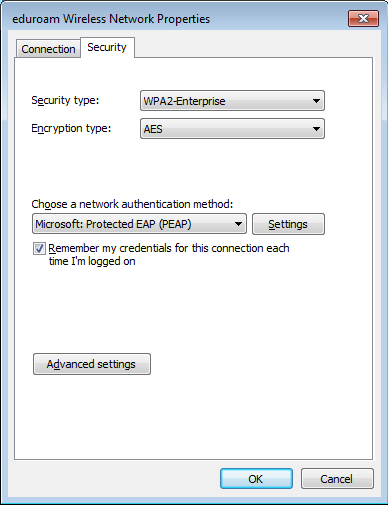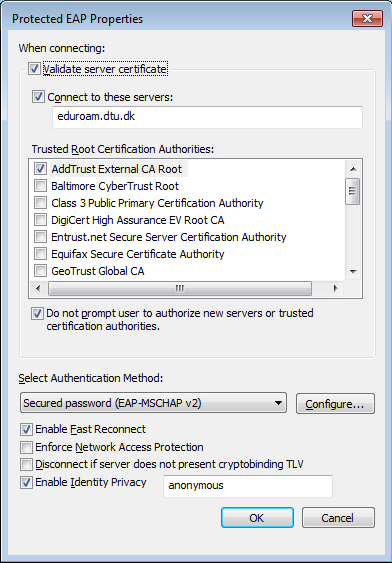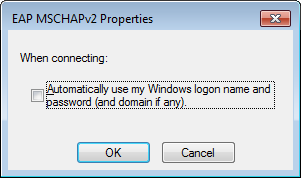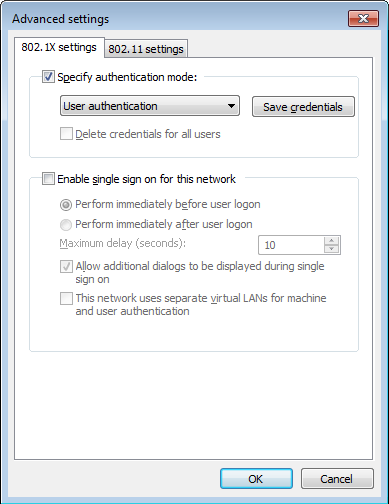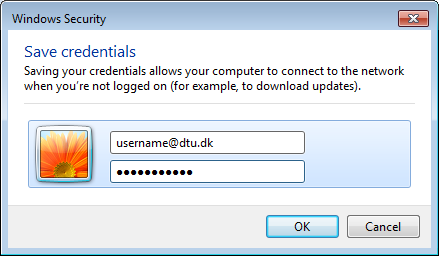Difference between revisions of "Eduroam"
| [quality revision] | [quality revision] |
| Line 1: | Line 1: | ||
| + | Connecting to Eduroam was earlier dependent on a separate installation of SecureW2. SecureW2 license at DTU has not been renewed, so this page describes how to connect to Eduroam without SecureW2. | ||
| + | |||
=Eduroam auto configuration= | =Eduroam auto configuration= | ||
Eduroam must be setup with specific wireless settings. You can download a customized setup file for various operating systems from this site: | Eduroam must be setup with specific wireless settings. You can download a customized setup file for various operating systems from this site: | ||
Revision as of 10:09, 19 March 2014
Connecting to Eduroam was earlier dependent on a separate installation of SecureW2. SecureW2 license at DTU has not been renewed, so this page describes how to connect to Eduroam without SecureW2.
Eduroam auto configuration
Eduroam must be setup with specific wireless settings. You can download a customized setup file for various operating systems from this site:
Click the button "eduroam user" at the bottom of the page
An institution list will show: choose "Technical University of Denmark"
A list of different operating systems is shown: choose the OS that corresponds to the OS on your computer
Depending on the OS you chose, a customized setup file will be downloaded (i.e. an .exe file for Windows, an .sh for Linux etc.)
Run the setup file and eduroam settings will be setup automatically. You will be asked for your username and password for your DTU account during setup.
If for some reason you need to setup eduroam manually, a description for Windows is shown below:
Eduroam on Windows
- Make sure the Wifi network card is turned on
- In the taskbar click the icon for wireless network and then click "Open Network and Sharing Center"
- In the new window click "Set up a new connection or network"
- In the new window click "Manually connect to a wireless network" then click "Next"
- In the new window insert and choose the following:
Network name: eduroam
Security type: WPA2-Enterprise
Encryption type: AES
- Tick OFF the boxes "Start this connection automatically" and "Connect even if the network is not broadcasting", Click "Next"
- In the new window click "Change connection settings"
- Tick ON following check boxes: "Connect automatically when this network is in range" and "Connect even if the network is not broadcasting its name (SSID)"
- Click the "Security" tab
- Check that "WPA2-Enterprise", "AES" and "Microsoft: Protected EAP (PEAP)" has been chosen
- Tick ON "Remember my credentials for this connection each time I'm logged on"
- Click the "Settings" button
- Tick OFF "Validate servercertificate" checkbox
- Choose authentication method: "Secured password (EAP-MSCHAP v2)"
- Click the button "Configure"
- Tick OFF "Automatically use my Windows logon name and password (and domain if any)"
- Click OK
- Click OK
- Click "Advanced settings"
- Choose authentication mode: "User authentication"
- Click "Save credentials"
- username must be in this form: username@dtu.dk
- Insert the password for your DTU account
- Click OK until you are back to the "Change connection settings" window, Then click "Close"
Your Windows PC should now connect automatically to eduroam whenever available.

